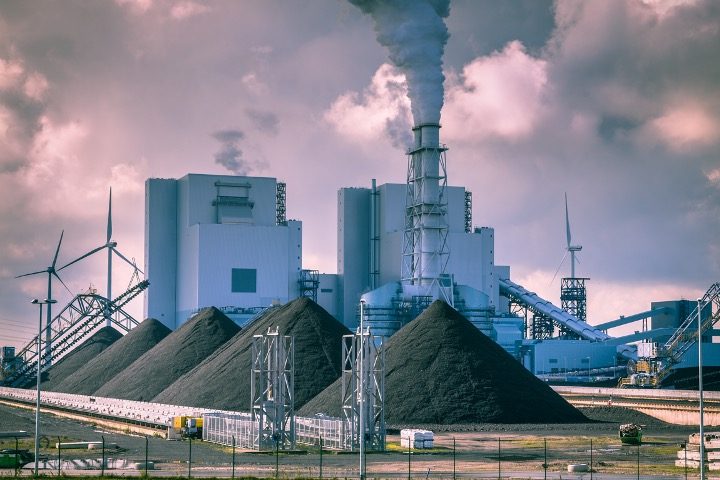
An association that represents investor-owned electric companies across the nation is questioning the Biden administration’s proposed climate-change regulations that will dramatically affect power plants.
While President Biden tours the western United States campaigning on his administration’s supposed successes, sharing how Bidenomics and investing in America “are unleashing a clean energy and manufacturing boom,” the Edison Electric Institute (EEI) submitted comments on Wednesday asking the Environmental Protection Agency (EPA) to rethink proposed rules for power plants, which are part of Biden’s “clean energy” agenda.
EEI wrote in their cover letter to 214 pages of comments and suggestions that they want to “continue to actively and constructively engage with EPA on the Agency’s full suite of climate and environmental regulations for power plants,” specifically the Proposed 111 Rules.
Explaining that the association’s member companies are “leading a profound, long-term transformation in how electricity is generated, transmitted, and used,” EEI claimed that their effort toward a “clean energy transition already has resulted in significant” greenhouse gas (GHG) emissions reductions, and that “more than 40 percent of our nation’s electricity now comes from clean, carbon-free sources.”
After noting the current success in the power industry’s production of clean energy, EEI then challenged the EPA’s proposed rules that include requiring existing coal plants to reduce their emissions by 90 percent by 2040. The EPA has based that rule on the potential of future emissions-capturing technology.
However, EEI stated,
EPA’s rulemaking record simultaneously downplays the various infrastructure challenges to deploying these technologies, while overplaying the current state of deployment and demonstration of each technology. Given these realities, neither CCS [carbon capture and storage] nor hydrogen blending are adequately demonstrated today as they are not deployable, available, or affordable across the entirety of the industry, and the attendant supporting infrastructure will take more time than EPA predicts to deploy. This assessment factors in the timelines that EPA proposes for standards that may not be applicable until several years in the future. Accordingly, unit owners and operators have significant concerns about the achievability of the proposed standards.
The letter also warned that the proposed EPA standards on CCS technologies are “not likely to drive the deployment necessary to improve performance and bring down costs,” and that the “unachievable standards could delay deployment of new generation, particularly new natural gas generation, that will be needed to serve customers reliably and affordably this decade.”
The EEI questioned the methodology of the EPA’s “entire existing natural gas-based turbine proposal,” stating that it “needs significant additional analysis to support any final rule providing emissions guidelines for these units.” According to the association’s comments, “the vast majority of EPA’s analysis to identify units to which to apply the existing source guidelines appears to be a single chart…. One of the most glaring omissions is EPA’s complete failure to grapple with the significant role that existing natural gas-based generation plays in overall system reliability and the challenges associated with retrofitting existing natural gas-based units.”
The Hill reported that an EPA spokesperson responded via email to their query on the EPA’s proposed rule, saying it is based on “proven and cost-effective control technologies that can be applied directly to power plants.”
The Hill continued:
“The proposed limits and guidelines also provide power plants with ample lead time and substantial compliance flexibilities, allowing power companies and grid operators to make sound long-term planning and investment decisions, and supporting the power sector’s ability to continue delivering reliable and affordable electricity,” the spokesperson said.
They also said that last month, the agency released additional modeling to supplement the proposal.
The EEI concluded their comments stating that the proposed rules “are an important piece of the regulatory framework that can either support or hinder the power sector’s continuing clean energy transformation. EPA must ensure that the Proposed 111 Rules work on their own, work with each other, work with the rest of EPA’s holistic approach to regulation, and—critically—work within the entire regulatory, legislative and economic context within which the power sector operates at the federal and state levels.”




